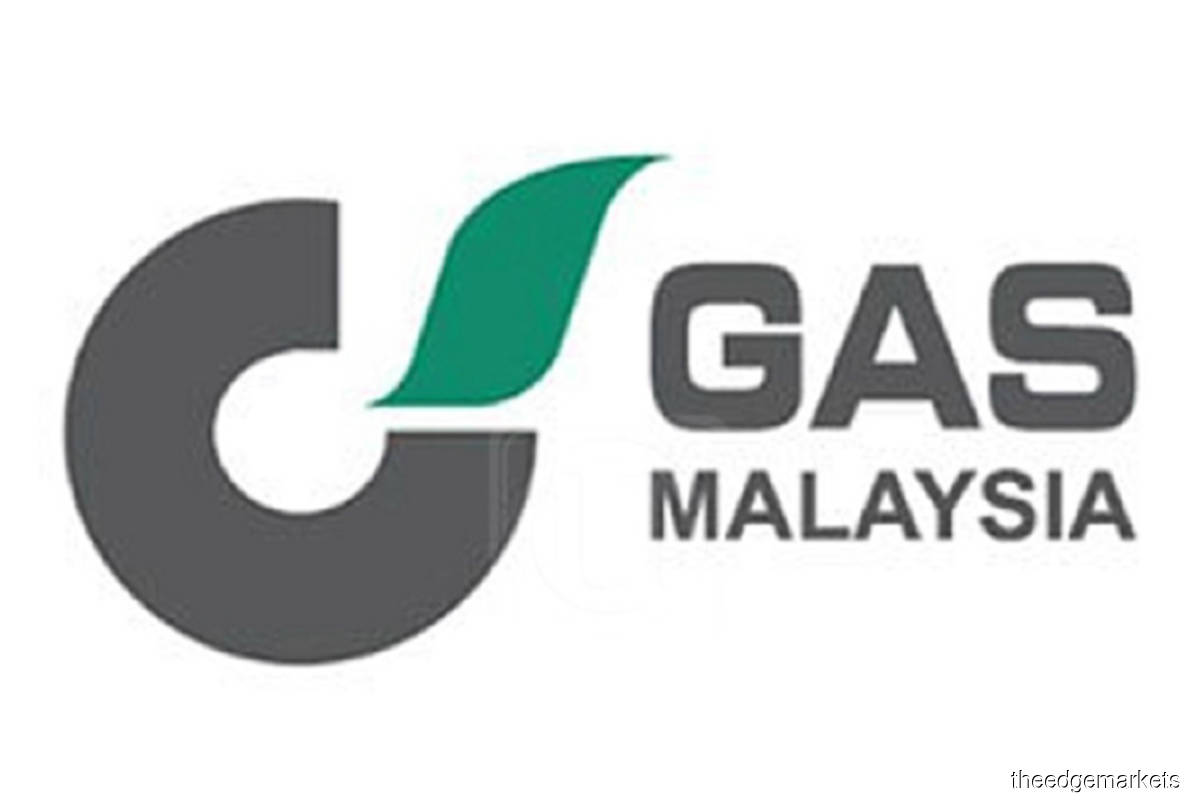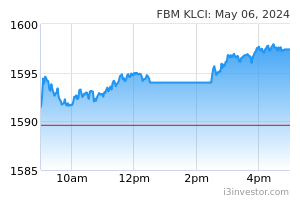Gas Malaysia releases distribution access arrangement document

LAST Tuesday, Gas Malaysia Bhd (GMB) released the access arrangement document for its gas distribution pipelines as part of the requirement to allow the implementation of the third-party access (TPA) regime in the Peninsular Malaysia gas market.
The document, approved by the Energy Commission (EC), was released by the natural gas distributor on its website.
The distribution access arrangement has been long awaited. It is one of the key pieces of the puzzle for allowing customers utilising the distribution pipelines to buy gas from their supplier of choice on a willing-buyer, willing-seller basis under the TPA regime, which was scheduled to commence at the start of the year.
Together with the EC-approved distribution base tariffs, the two components are required by third-party gas shippers to evaluate the costs and risks involved in using the infrastructure before approaching end consumers.
Under the TPA regime, licence holders can import gas from overseas, sign a supply contract with end users and pay certain fees to utilise the necessary infrastructure to deliver the gas.
The infrastructure are regasification terminals (RGTs) and Peninsular Gas Utilisation (PGU) transmission lines — which are owned and operated by Petronas Gas Bhd (PetGas) — and the Natural Gas Distribution System (NGDS), which is owned and operated by GMB.
Currently, about 80% of all gas consumers in Malaysia, namely the power sector and large industrial consumers such as petrochemical companies, source gas directly from Petroliam Nasional Bhd (Petronas) via the PGU.
The access arrangements and base tariffs for RGTs and PGU were published by PetGas last year ahead of the scheduled TPA regime.
The balance 20% of the market, comprising residential, commercial and industrial consumers such as manufacturers, receives its gas supply via the NGDS.
For the distribution pipelines, while the access arrangement was only published recently, the base tariffs were released last December.
Lack of free play in gas volume stalls competition
In theory, with the infrastructure tariffs and access arrangements in place, players are equipped with the legal framework to buy gas from their shipper of choice with pricing based on the willing-buyer, willing-seller basis.
However, there are still a few obstacles to truly liberalise the gas market and promote competition.
While Malaysia witnessed a successful TPA pilot last October, all gas consumed in the peninsula is still solely supplied by Petronas, according to market observers, owing to stagnant consumption growth and the volume being largely locked in under long-term contracts and existing arrangements.
For example, the power sector consumption is governed by the gas framework agreement (GFA) between Tenaga Nasional Bhd and Petronas. The GFA dictates gas volume to each power plant and leaves no incentive for independent power producers to search for new gas supplies.
And while GMB can source gas from third parties, it too is locked in a long-term gas supply agreement with Petronas, which ends in 2023 with extension options.
Similarly, GMB’s consumers can source gas from new suppliers only if they consume more gas than that supplied by the company under their gas supply agreements.
According to a March report by the Oxford Institute for Energy Studies on Malaysia’s gas industry reform, if there are no changes in the market structure after the harmonisation of local and international gas prices, long-term agreements may need to be revised to release upstream and downstream gas volumes in order to kick-start competition.
“If this does not happen, the current market structure could remain unchanged, even if price harmonisation and a level playing field for market participants are achieved on paper,” the report says.
( 24,36 % )
( 39,38 % )
( 36,26 % )


